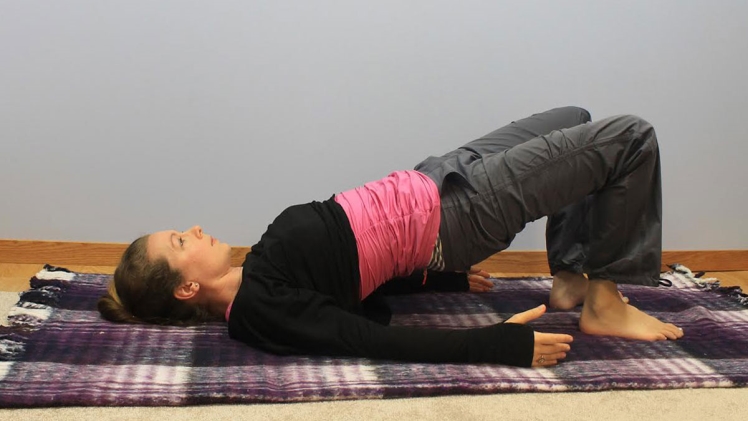The Pelvic Floor is a complex system of muscles and fibrous tissues that support the pelvic organs. When these muscles weaken, they can no longer hold up the weight of those organs and may even collapse into or protrude outside the vagina. This condition is called Pelvic Prolapse, and it’s estimated to affect at least 1 in 3 women as they age. Fortunately, there are specialists in Wildwood, FL, willing to offer treatments for this condition. These Wildwood prolapse experts help restore muscle tone and function of the pelvic floor.
What is Pelvic Prolapse, and How Does it Occur?
Pelvic prolapse is a condition in which the tissues of the pelvis collapse and the uterus drops down or protrudes out of the vagina. Unfortunately, it can be challenging to diagnose pelvic prolapse because there are no specific tests.
The most common symptoms are vaginal bulging, feeling something in the vagina, and urinary problems. Pelvic prolapse can occur due to childbirth, aging, obesity, and other factors.
Types of Pelvic Prolapse
There are two common types of pelvic prolapse: cystocele and rectocele. In a cystocele, which is the most common type of pelvic prolapse, the bladder descends into the vagina. This drop causes urine leakage and stress incontinence (involuntary loss of urine); many women with a cystocele also report that they feel like they always have to urinate even if their bladder isn’t full.
The condition can be corrected through surgery to repair or remove the damaged tissue and/or install a supportive sling; there is also an implant device available in some cases.
A rectocele is less common than a cystocele but still affects millions of Americans. The tissues between the vagina and rectum weaken and collapse, allowing the bowel to protrude through the vaginal wall. This condition causes symptoms such as increased vaginal discharge, constipation, and other problems related to bowel function.
What Are the Treatment Options for Pelvic Prolapse?
The treatment options for pelvic prolapse vary depending on the type and severity of your condition. Your doctor will help you decide which course of action is best for you after they have determined the extent to which your uterus has descended into or outside of your vagina. Common treatments include;
- Physical Therapy: To strengthen weakened muscles
- Pessaries: Devices inserted into the vagina by a medical professional that holds up sagging organs and tissues
- Surgery: Involves repair and reinforcement procedures to support sagging tissues and organs; mesh implants are sometimes used in some cases.
Pelvic Floor Prolapse Prevention
The best way for women at risk for developing pelvic prolapse — those who have previously had it — to avoid recurrence is by strengthening their pelvic floor muscles with Kegel exercises. Women planning on becoming pregnant, are pregnant, or have just given birth should start doing Kegels as soon as possible, as pregnancy and childbirth can weaken the pelvic floor muscles.
In addition to Kegel exercises, women can also help prevent pelvic prolapse by maintaining a healthy weight, avoiding smoking and excessive alcohol consumption, and getting regular exercise.
Pelvic prolapse is a condition that affects many women and can be challenging to diagnose. Luckily, several treatment options are available for pelvic prolapse, including surgery or physical therapy if you want to avoid surgery. If the symptoms of your pelvic prolapse worsen over time without any improvement in treatments, it may be time to speak with your urogynecologist.
SEO Guest post more effective to rank google. You may share your blog on imeetzu and news blog newsxpres. Also put your sport related blog on sportsgossip.
To know more Information: meetyou
Read more about this website: chatrad
You should visit this site: newsinsightz

